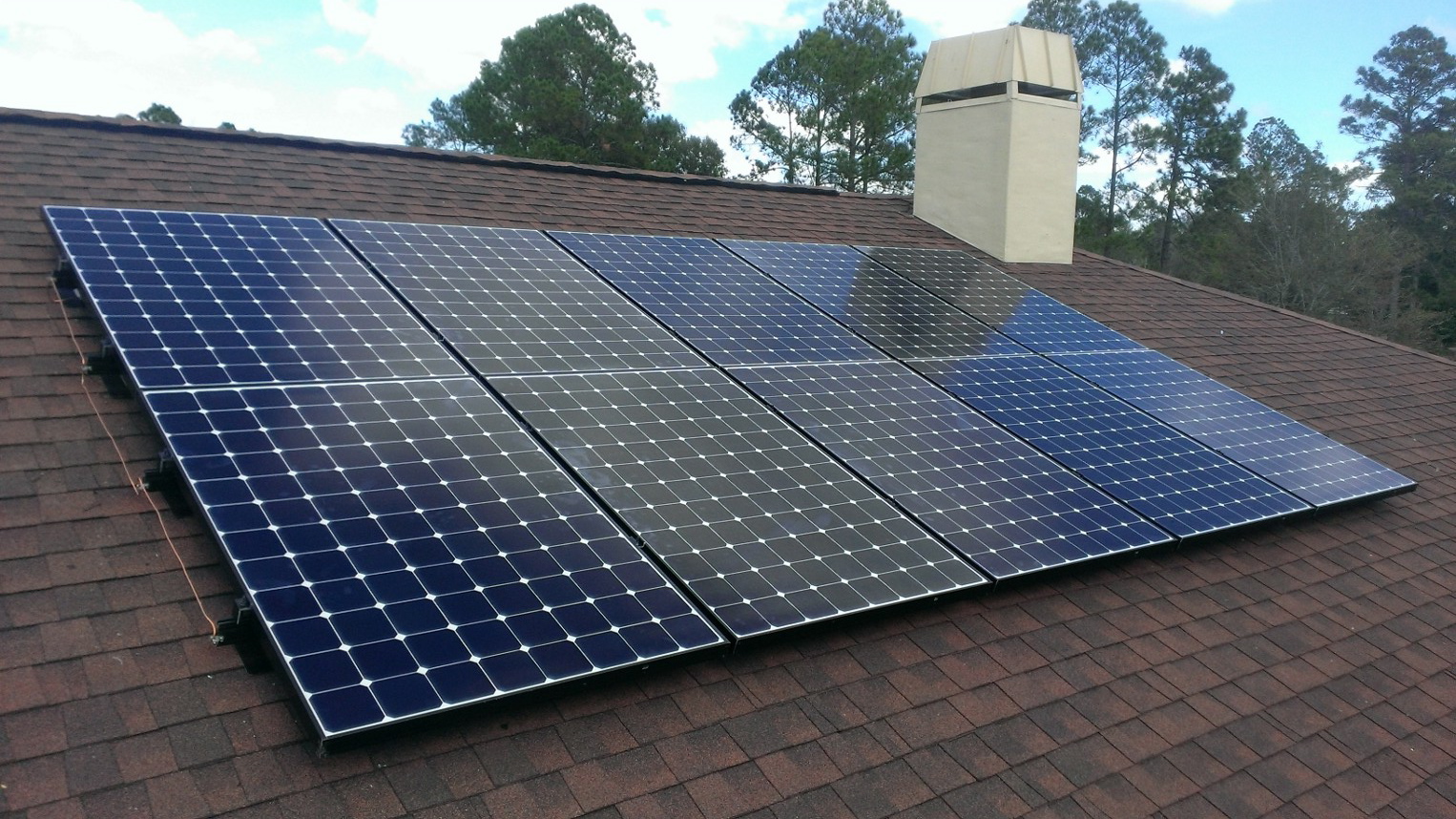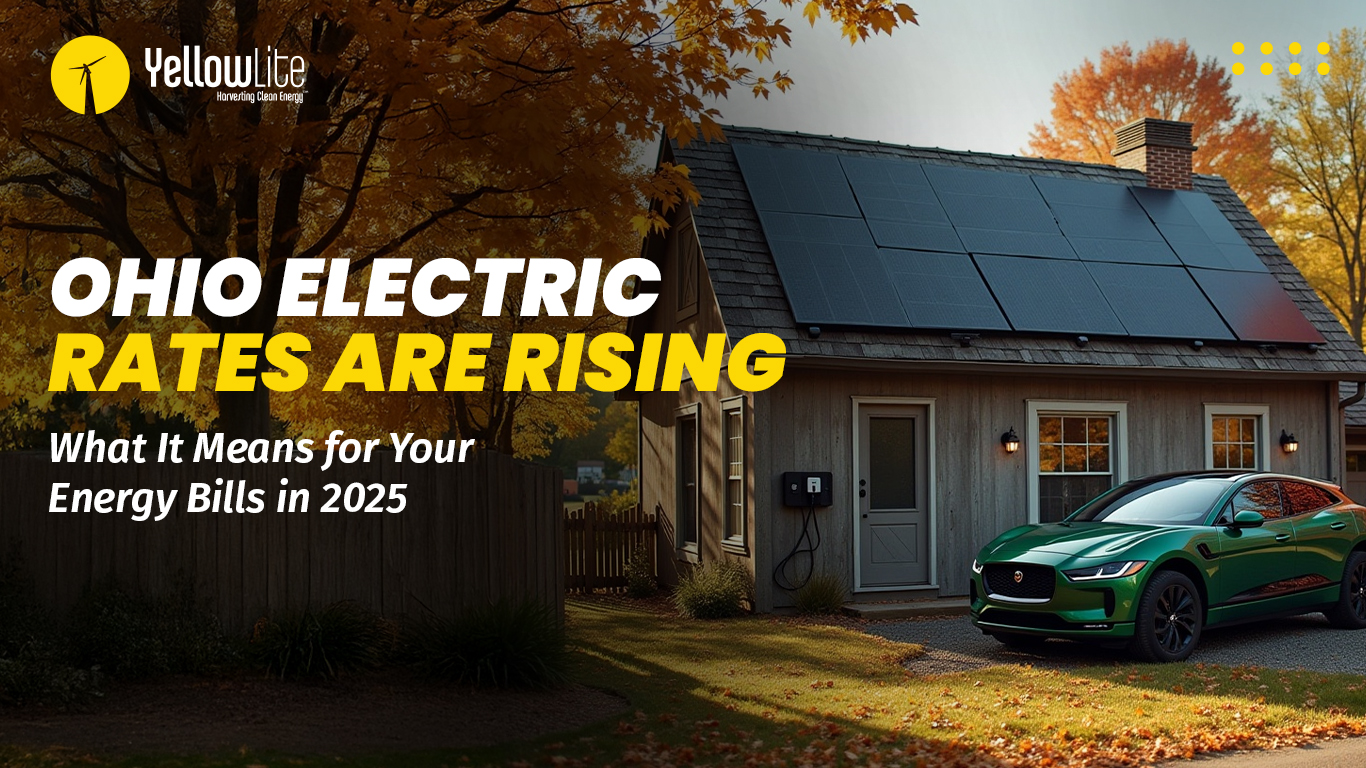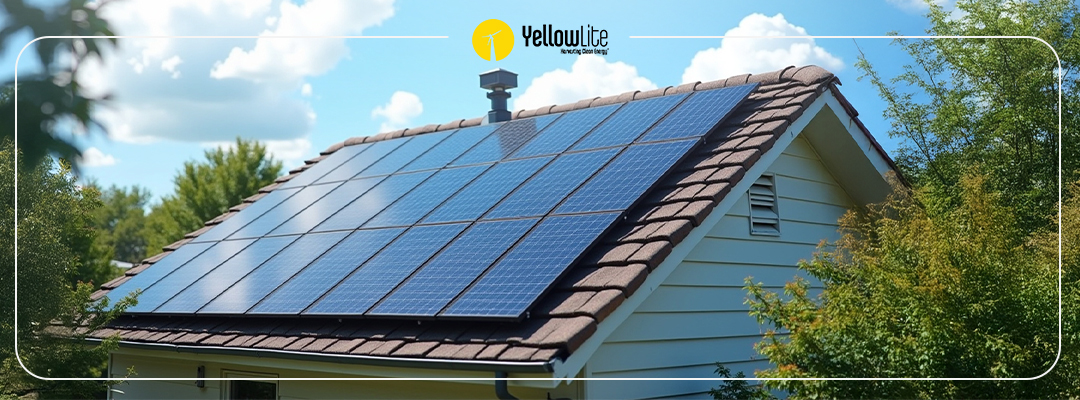How Long Can You Expect Your Solar PanelsTo Last?
So how long do solar panels actually last? We can tell you that there are some companies that have a 25-year warranty for manufacturer defects. But after that? Will panels last for 30 years? 40 years? Longer? At this point, the answer is that nobody can really tell you that with good accuracy.

The one thing to note is that the solar panels of today are light years beyond in technological capabilities than the ones that were being produced in the 1970s and 80s. There is story after story of solar panels from more than 30 years ago that are still going strong and may even have decades of useful life left. Looking at these panels you would be amazed that they are even in the same species as today’s models. Here is a picture from a solar panel from 1980 that is still viable:
Now here’s a picture of a Sunpower model:

They don’t look much alike, do they?
One of the biggest changes in the solar industry is the product warranty itself. In order to establish a viable industry, consumers had to be certain panels would stand the test of time. The payback period of a solar power system is generally ten years. Solar array costs have dropped precipitously since 2010. But people need to be confident that the solar power systems are going to last for decades and make the large upfront cost worth it in the long run. So let’s look at the history of solar panel warranties and a couple of company warranties.
In 1997, Siemens Solar Industries announced a product warranty extension of its solar modules from ten years to 25 years. This was a landmark event in solar as it set the 25-year warranty as a basic requirement for anyone interested in investing in solar. Since then more and more manufacturers have been extending their product warranties to 25 years.
In 2012 Sunpower solar panels was the first solar manufacturer to offer a 25-year product and power warranty. That was September 10, 2012, and ever since, the 25-year guarantee has become standard for solar manufacturers in America. Another company, Canadian Solar, has a power performance guarantee of 30-years yet only a product warranty of ten years.
Why do we bring up Sunpower and Canadian Solar? First, they are two of the six best-selling solar panels on the market. Second, they have different warranty options. What is the difference between a product warranty and a power performance warranty?
Product Warranty
Most product warranties for solar panels have traditionally been made out for ten years, even after the Siemens announcement 19 years ago. This made sense at first since the industry was still in its infancy. How are you going to guarantee a product for such a long time frame? And 25 years is a long time. But the technology behind solar manufacturing has improved by leaps and bounds The seals are tighter around the glass, the connections inside are stronger, and they are tested at a higher standard before they are shipped out to the consumer.
Power Performance Warranty
This is simply a guarantee by the manufacturer that the panels will continue to generate electricity over the life of the warranty taking into consideration natural degradation of the panels. For instance, Canadian Solar’s 30-year performance warranty states the following:
• During the first year, Canadian Solar guarantees the actual power output of the module will be no less than 97.5% of the labeled power output.
• From year 2 to year 30, the actual annual power decline will be no more than 0.5 %; by the end of year 30, the actual power output will be no less than 83 % of thelabeled power output.
So after 30 years, if the panels are still up and running they will be at least 83% efficient.
Every technology will eventually age their way to failure. What are some of the ways in which solar panels actually fail? There are three time frames we are going to look at: infant-failure, midlife-failure, and wear-out failure. Let’s look at some of the common failure problems associated with these time periods.
Infant-Failure
Loose Frame – If the frame is loose or has any type of fissures, they are liable to let in moisture that can interrupt the cell production and cause havoc with the insides of the panel.
Glass breakage – This is rather easy to imagine. If some object strikes the panel with enough force the glass can break. However, hail and other weather elements are generally not capable of breaking the glass. This is more of a man-made issue. The one caveat would be in hurricane situations where there is high winds that fling debris onto the panels. We probably are not going to see that problem in Ohio and the Great Lakes Region.
Contact failure between the Junction box and the string interconnects – The back of a solar panel has a junction that connects the panels to the wiring that leads to the inverter. This is where the electricity is sent to the inverter from the panels.
Midlife-Failure
PID (Potential Induced Degradation) - Is a phenomenon which affects some PV modules with crystalline Si cells and leads to gradual deterioration of performance, reaching up to 30 percent and more after a few years. To explain what it is in layman’s terms, there is a negative charge of the cells that reacts with the aluminum frame that can lead to the cells failing.
Diode Failure - Bi-pass diodes are inserted into the modules to overcome cell mismatching and ensure that electricity flows in only one direction. “Failure usually occurs due to overheating, often due to undersizing. The problem is minimized if junction temperatures are kept below 128°C.”
Cell Interconnect Breakage– These can be open circuit and closed circuit breakage. Typically the failures occur because the bus wiring and the junction box have a manufacturers defect.
Most of the failures in the panel’s infancy and mid-life are guaranteed for replacement by the manufacturer’s warranty. The solar installation company also typically carries a warranty, usually for ten years. So these are problems that the customer typically will not have to pay for out of pocket. The manufacturer will simply replace the panel.
Wear-Out Failure
Wear-out failure usually comes from delamination, cracked cells, or corrosion of cells and interconnects. These are just a matter of time and space. Nothing will last forever and the power of the sun to create electricity can be a magical thing. It also can slowly degrade the panels and age the system until the panels wear out.
But with example after example of panels lasting 30, sometimes 40 or more years when manufacturing technology was in the stone ages of technological development, we can probably say with good certainty that a majority of the solar panels for your home or business you purchase will last 40 years or more. You take a payback period of ten years and a useful life of more than 40 years and you’ve got an incredibly valuable product.



